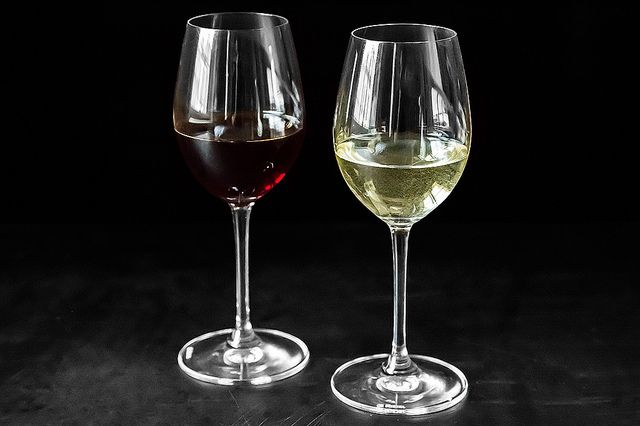
On our new weekly podcast, two friends separated by the Atlantic take questions and compare notes on everything from charcuterie trends to scone etiquette.
Listen NowPopular on Food52
7 Comments
NoraMunro
June 16, 2013
Brette, I am very happy to see that you've found an actual mediaeval recipe to share. Now, could you please stop applying the adjective "creepy" to everything mediaeval? I'm normally a calm person, but this is starting to make me want to poke you (gently!) with a spork.
itrofnoc
June 14, 2013
Be careful, darnel (Lolium temulentum) is considered toxic
NoraMunro
June 16, 2013
I was under the impression it's the fungus (of the genus Neotyphodium) that can infect the darnel, not the darnel itself that was the problem. Good point, though, as I'm not sure how you could be sure that any darnel that came into your hands was fungus-free.


See what other Food52 readers are saying.